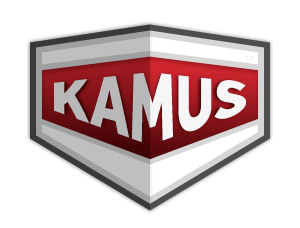chariotˈtʃær i ət
chariot (v)
- present
- chariots
- past
- charioted
- past participle
- charioted
- present participle
- charioting
chariot (n)
- plural
- chariots
English Definitions:
chariot (noun)
a light four-wheel horse-drawn ceremonial carriage
chariot (verb)
a two-wheeled horse-drawn battle vehicle; used in war and races in ancient Egypt and Greece and Rome
chariot (verb)
transport in a chariot
chariot (verb)
ride in a chariot
chariot (Noun)
a two-wheeled, horse-drawn vehicle, used in Bronze Age and Early Iron Age warfare
chariot (Noun)
a light four-wheeled carriage used for ceremonial or pleasure purposes
Chariot
The chariot is a type of carriage using animals to provide rapid motive power. Chariots were used for war as "battle taxis" and mobile archery platforms, as well as more peaceable pursuits such as hunting or racing for sport, and as a chief vehicle of many ancient peoples, when speed of travel was desired rather than how much weight could be carried. The original chariot was a fast, light, open, two-wheeled conveyance drawn by two or more horses that were hitched side by side. The car was little more than a floor with a waist-high semicircular guard in front. The chariot, driven by a charioteer, was used for ancient warfare during the bronze and the iron ages. Armor was limited to a shield. The vehicle was used for travel, in processions, games, and races after it had been superseded by other vehicles for military purposes. The word "chariot" comes from Latin carrus, which was a loan from Gaulish. A chariot of war or of triumph was called a car. In ancient Rome and other ancient Mediterranean countries a biga required two horses, a triga three, and a quadriga required four horses abreast. Obsolete terms for chariot include chair, charet and wain. The critical invention that allowed the construction of light, horse-drawn chariots for use in battle was the spoked wheel.
Chariot
A chariot is a type of cart driven by a charioteer, usually using horses to provide rapid motive power. The oldest known chariots have been found in burials of the Sintashta culture in modern-day Chelyabinsk Oblast, Russia, dated to c. 2000 BCE. The critical invention that allowed the construction of light, horse-drawn chariots was the spoked wheel. The chariot was a fast, light, open, two-wheeled conveyance drawn by two or more horses that were hitched side by side, and was little more than a floor with a waist-high guard at the front and sides. It was initially used for ancient warfare during the Bronze and Iron Ages, but after its military capabilities had been superseded by light and heavy cavalries, chariots continued to be used for travel and transport, in processions, for games, and in races.
Citation
Use the citation below to add this dictionary page to your bibliography:
Style:MLAChicagoAPA
"chariot." Kamus.net. STANDS4 LLC, 2024. Web. 26 Jul 2024. <https://www.kamus.net/english/chariot>.

Discuss this bahasa indonesia chariot translation with the community:
Report Comment
We're doing our best to make sure our content is useful, accurate and safe.
If by any chance you spot an inappropriate comment while navigating through our website please use this form to let us know, and we'll take care of it shortly.
Attachment
You need to be logged in to favorite.
Log In